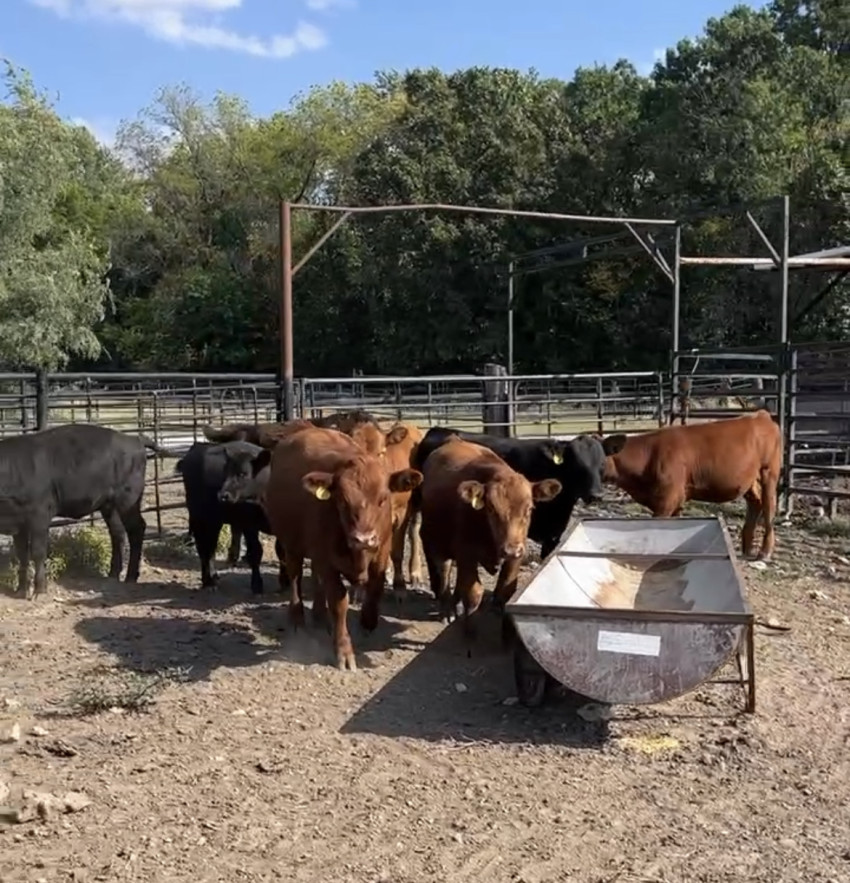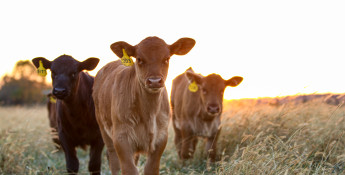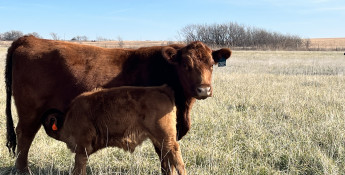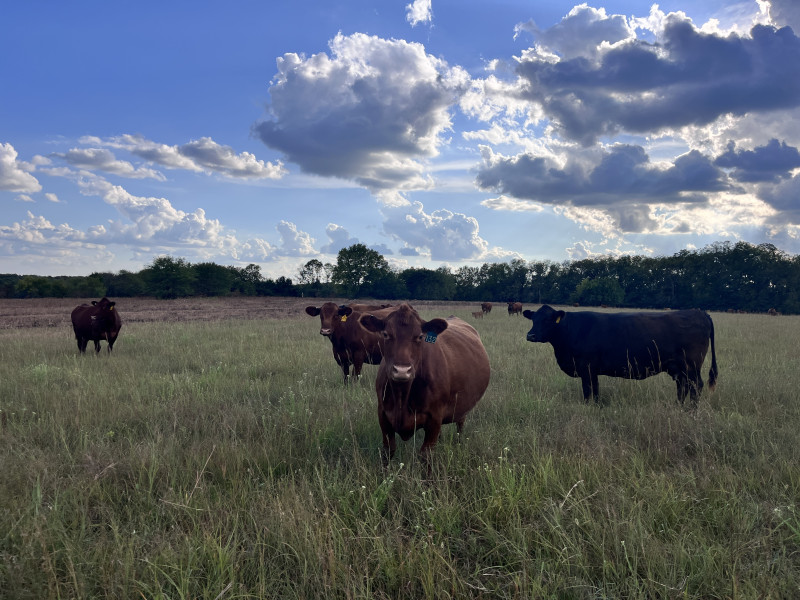By Brandi Buzzard on October 23, 2023
How the beef community strives for efficiency and least-waste production
Everything but the “MOOOO”

A lot goes into the production of your steak, burger or roast: grass, water, feed, hay, vitamins, minerals, vaccinations, medically necessary treatments and, of course, lots of time. All of those inputs have a cost, both tangible and abstract. Right now, a market-ready animal will cost a beef processor, the company that butchers and processes cattle into beef (also called a packer), approximately $2,600, depending on location and season.
Beef prices are very high right now because of drought, which has caused the nation’s cow herd to shrink and led to a depletion in the supply of market-ready animals, so packers aren’t always spending that much on an animal. However, whether they are spending $2,500, $1,500 or somewhere in between, processors want to get as much from the animal as they can for two reasons: 1) they want to recoup profit and 2) nobody likes wasting food and food products.
So, in order to address those two facets of their business, processors, ranchers and other players in the beef lifecycle have devised ways to use “everything but the ‘moo’” when it comes to butchering and processing.
For example, we all know mainstream cuts such as steaks, roasts, ground beef, ribs, brisket, etc. are highly sought after by beef consumers. Conversely, American consumers are not as fond as tongue, lips, liver, heart, kidney, stomach and intestine, and those cuts are minimally demanded. However, international beef lovers are eager to get their hands on the U.S. beef products that are used to prepare their ethnicity’s delicacies and special dishes. According to the U.S. Meat Export Federation (USMEF), on average, more than 25 pounds of specialty cuts are exported internationally per animal.
Domestically, we use the by-products of beef butchering for our everyday habits and activities. Cattle hides and hair are found in many staples of our lives such as shoes, felt hats, luggage, wallets, clothing, upholstery and more. However, can you guess what by-products contribute to the production of the following essentials?
Paint
Plastic
Soap
Tires
Medicines
Fertilizer
Cosmetics
Asphalt
If you guessed “glands and organs,” you’re correct (and give yourself a gold star)! While not composed entirely of beef by-products, those products – and their ingredients – are still crucial.
Cattle are also efficient in the barnyard and pasture as well. In fact, 85 percent of grazing land for cattle isn’t suitable for raising crops, so using it for raising cattle is its best application. Additionally, cattle are well-known for their ability to upcycle grass and other cellulosic products into nutritious and delicious beef. When combined with the effective and strategic use of cattle by-products in real world settings, it’s easy to see why cattle are such a valuable livestock species.
As you can see, very little of a beef animal is wasted, which is beneficial to our food supply from both an economic and environmental standpoint. When we use all of the animal, less of the inputs used to raise that animal and produce beef are wasted. As our global population grows, and available agriculture land shrinks, it’s more important than ever to be good stewards of our resources.







